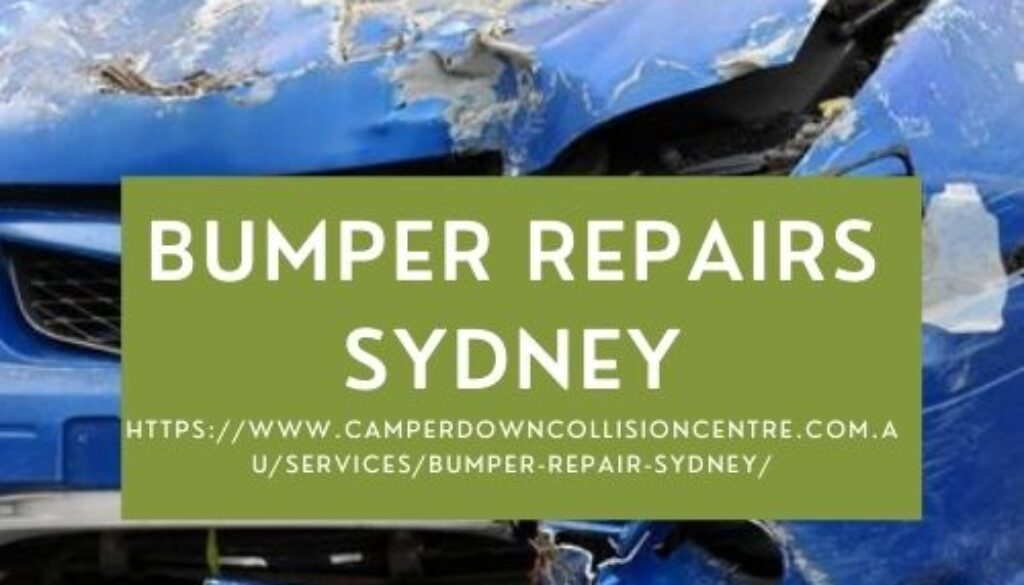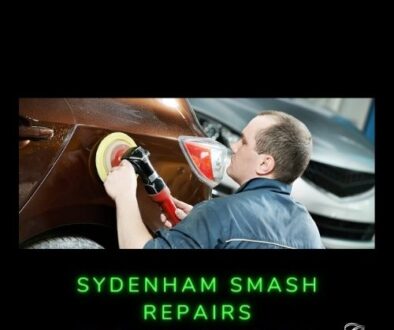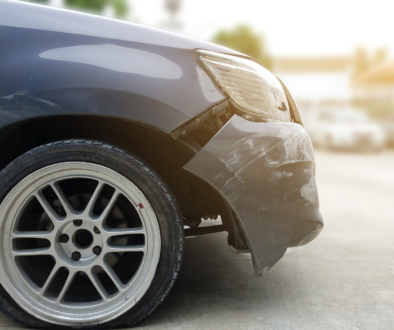Bumper Repairs Sydney: 4 Things That You Should Know About It
An automobile’s bumper is the rear-most and front-most part of the car. They are designed to allow the car to sustain an impact without inflicting further damage to the car. In addition, bumpers are not able to reduce injury to the passenger of the car during high impact collisions; however, it lessens the degree of injury to pedestrians that are hit by cars. If you have damaged your bumper and considering a Bumper Repairs Sydney, six steps may help you to choose bumper repairs professional.
Keep reading this article to know whether you want to do it yourself or what do do-it-yourself bumper repair take and if it is worth doing yourself. Knowing these results beforehand lets you get the most out of your bumper repair.
Don’t Try It Yourself:
First and foremost is do not try to do it yourself, especially if you do not have any idea or proper skills to do it and don’t have done an auto bumper repair in your life. Instead of it, go with the experienced hands of a professional and efficient auto repair mechanic. As it may sound so simple to do, it can be difficult to complete.
Things To Consider:
There are various things to consider when you want to repair it yourself unless you are experienced enough. In addition, a do-it-yourself bumper repair can backfire and can cost you more time, money, and effort. As a matter of fact, most of the time, bumper repairing is done by auto repair technicians, while an experienced DIYer may be able to fix it with ease.
1. You will need to choose a suitable location to repair. You will need a dry and warm place with adequate ventilation to work on. It is not recommended to do it in the basement because there is a risk of inhaling dangerous odors and fumes the adhesives and fillers produce.
2. Bumpers are made from various types of plastic materials, and you have to identify the type of plastic your bumper is made of. In addition, you need to know if your bumper is made from thermoplastic elastomer (TPE), thermoplastic polyurethane elastomer (TPUR), polyphenylene oxide (PPO), and polypropylene (PP). Each type of plastic has various work-ability characteristics and sanding; therefore, it is important that you identify your bumper type before working on it.
3. Generally, bumpers are attached to the vehicle by using different methods. The bumper cover or outer fascia is commonly held in place by the screws and tabs that fit properly into slots in the body sheet metal. That’s, you must first find the tabs and screws that hold the plastic shield of the bumper to unhook them.
4. You will need to follow DIY bumper repair kits and your car manufacturer’s manual regarding priming and painting instructions.
In Conclusion:
There are 4 things explained that you have to consider when you choose Bumper Repair Sydney to do it with yourself.




